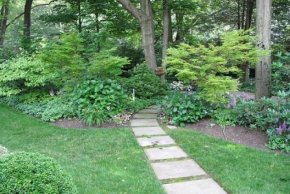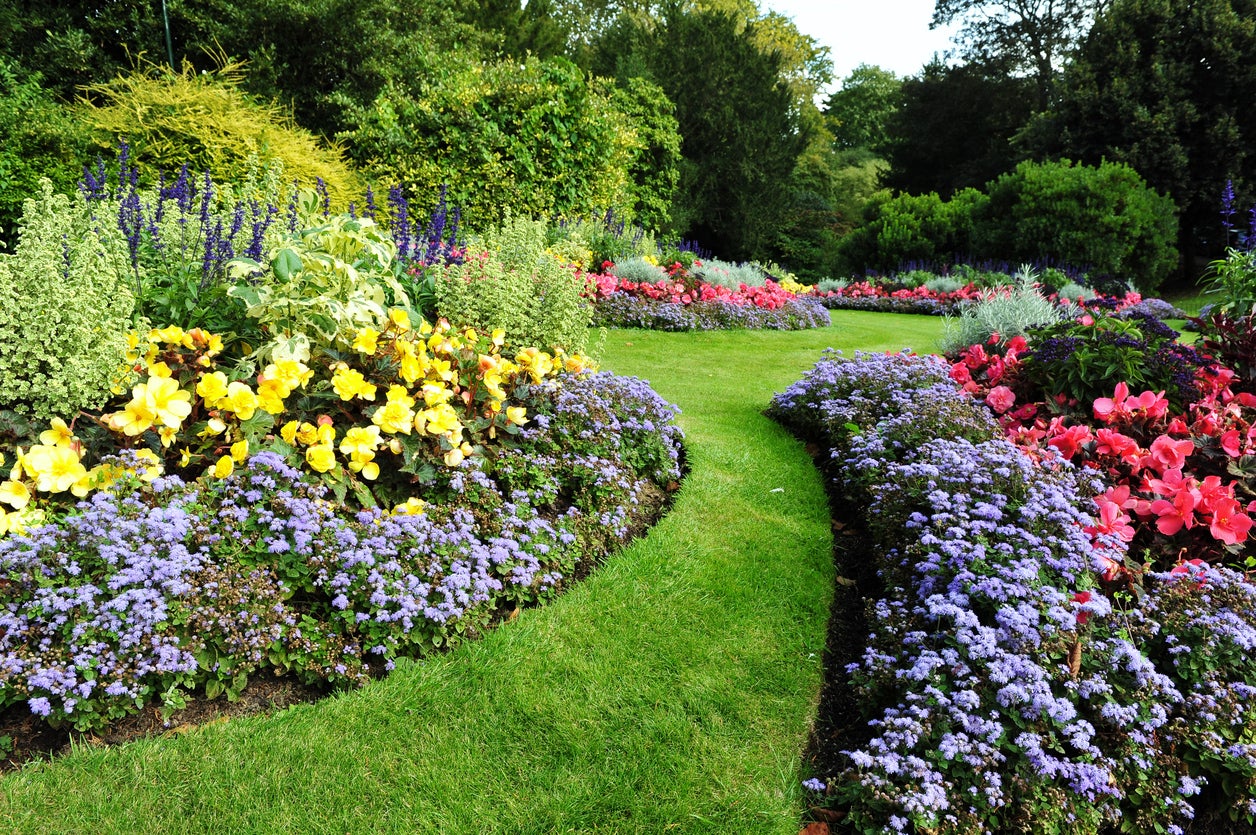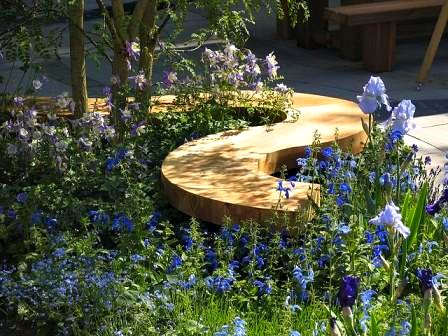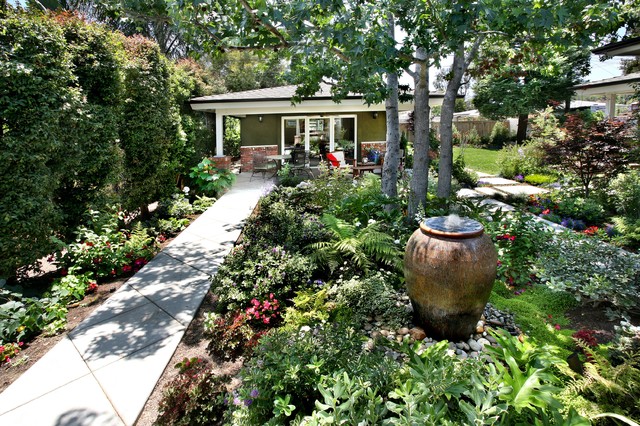Symmetrical balance arranges objects or elements so they are evenly weighted such as your nose in the center of your eyes. Register Last Name Last Name.

Asymmetrical Balance In Landscape Design
A symmetrical landscape is when both sides of the land look identical they mirror each other.

. Take the image below as a simple example the sun is an important subject on the right-hand side of the image but the wave pattern on the left draws the eye just as much. Ad Yardzen uses your photos combined with plant science and technology to design your yard. The arrangement of elements that makes individual parts of a composition appear equally important.
03 architectural principles elements 1. In a symmetrical design the left side will be a mirror image of the right side. There are two major types of balance.
A unified look is important to a beautiful landscape design. These basic concepts underlie a designs composition. Symmetrical balance is used in formal landscapes when one side of the landscape is a mirror image of the opposite side.
When the two halves are not identical but carry. - length - direction - position A line extended becomes a Plane with properties of. Then we connect you to our network of local contractors to install your design.
Register First Name First Name. Asymmetrical is the opposite where both sides of the land differ from each other. - length and width - shape - surface - orientation - position A plane extended.
Balance is the arrangement of the parts of an artwork to give a sense of overall equality in visual weight. This will involve the broader study of composition and includes grid. Design and lead the eye directly to a focal point.
This type of balance is more on the strict side of order. Enter your email above and click here. Diagonal lines are straight lines with an intentional direction.
Artists have three ways to balance artwork. A graphic poster from the 1930s shows how offset positioning and strong contrasts can increase the visual effect of the entire composition. Scale balance unity perspective rhythm and accent.
D800e 24mm f14 24mm ISO 100 15 f160. Carefully consider both the mature height and spread before. When one half matches the other half identical from a central axis.
In a portrait for instance you might draw a person slightly off-center and have them look toward the middle. There are two forms of balance. The hand and donut are in the bottom of the image and theres no identical image at the top.
Transition - Changes in colors plant styles and accessories will blend better with planned transitions to slowly move into. Visual communications employing asymmetrical balance create a more dynamic composition and are suited to purposes where audiences are encouraged to interact with the design. A photo does not have to be symmetrical to be balanced.
Architectural Principles Elements of Design THEORY OF ARCHITECTURE 1 2. An arrangement of the elements to create an equal distribution of visual weight throughout the format or compositionIf a composition appears top- or bottom-heavy andor anchored by weight to one. An asymmetrical design would not be identical on each side but would have equal points of interest.
Also known as formal balance. Asymmetrical balance means that objects are placed to one side or another. Asymmetrical visual balance is the most dynamic because it creates a more complex design construction.
Balance is a state of being as well as seeing. Balance can be formal symmetrical or informal asymmetrical but it should achieve exactly what the word means even distribution or equality. The balance here comes from the amount of negative space in the photo.
Proportion The scale and balance of sizing for the overall design. A principle of design. Balance Symmetrical balance is often used in formal landscapes where each side of the garden is the same and mirrors the other.
See Profiles And Reviews From Millions Of Local Professionals On Houzz. Oftentimes asymmetrical balance helps create a sense of movement and draws your eye from one element to another. Asymmetrical balance is known as informal balance and more unconstrained.
Balance in communication design may also refer to components set either side of the horizontal axis. Point indicates a position A point extended becomes a Line with properties of. Scale is the proportion between two sets of dimensionsfor example the height and width of a tree compared to a house or the size of a plant container compared to an entryway.
Balance - The plants walkways and other features of your outdoor plan should be laid out in an asymmetrical design that complements the entire yard. In the photo above you can see asymmetrical balance at work. Straight lines are most often found in hardscape edges and material.
Ad Finding Great Landscape Designers In Your Area Is Easy With Bark. We are most comfortable in landscapes that have a sense of balance. Ad Connect With Local Landscape Architects Who Can Help With Your Project.
Curved lines Curved lines create an informal natural relaxed character that is associated more with nature and asymmetrical balance.

Using Balance In Design Garden Gate

Asymmetrical Balance In Landscape Design

Gallery For Gt Asymmetrical Balance Design Principle Balance Design Asymmetrical Balance Noise Barrier

Asymmetric Garden Ideas How To Make An Asymmetrical Garden

Garden Design Essentials Balance

3 Asymmetrical Landscape Design Ideas For Your Hamptons Ny Property Landscaping Salt Water Pool Islip Ny Outdoor Fireplace Glen Cove Ny The Platinum Group

How To Achieve Balanced Asymmetry In Gardening Planting Design Plan Landscape Design Landscape Design Plans

0 comments
Post a Comment